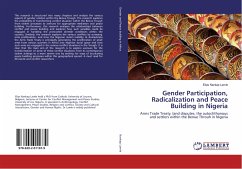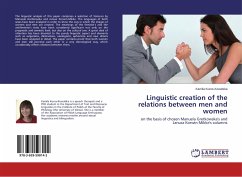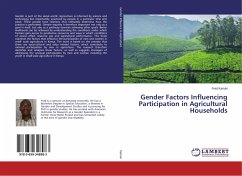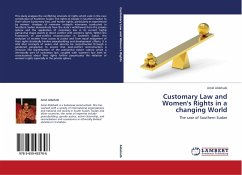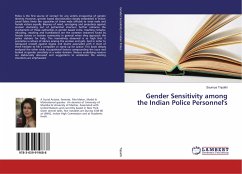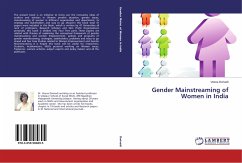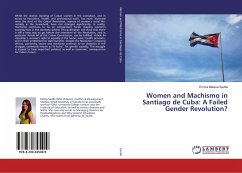This project traces the evolution of American women's writing in order to re-discover how the experiences of captivity and trauma are-and continue to be-intertwined. I argue that American women's confessional writing continues to evoke the language of captivity, along with the formal properties of the captivity narrative, in order to articulate trauma and promote the act of witnessing. I posit that Mary Rowlandson's 17th-centruy captivity narrative and Hannah Webster Foster's 18th-century epistolary novel The Coquette serve as the origin points for American women's confessional writing. Rowlandson's rhetoric of captivity continues to be instrumental in discussing the traumas of gender normalizations in contemporary texts--such as Christine Jorgensen's Autobiography and Susanna Kaysen's Girl, Interrupted. Alice Walker's novel The Color Purple and Laurie Halse Anderson's adolescent novel Speak are also discussed as novels that articulate the specific traumas--augmented by silencing--that women experience within the domestic space. The afterward provides scenarios for helping teachers create a witnessing public in their classrooms.

